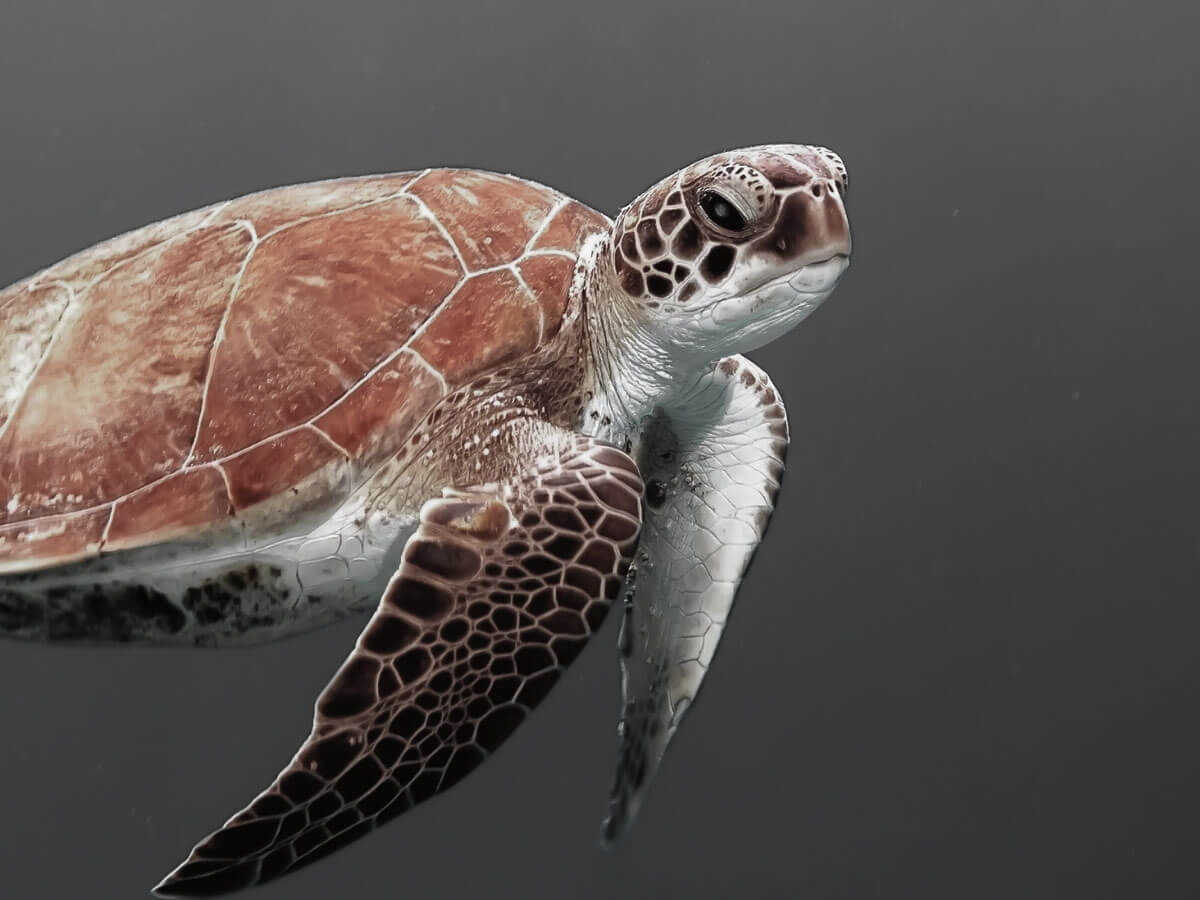This travel guide is updated on a regular basis, we try to make sure all information is accurate, yet we cannot be liable for any mistakes.

This travel guide is updated on a regular basis, we try to make sure all information is accurate, yet we cannot be liable for any mistakes.